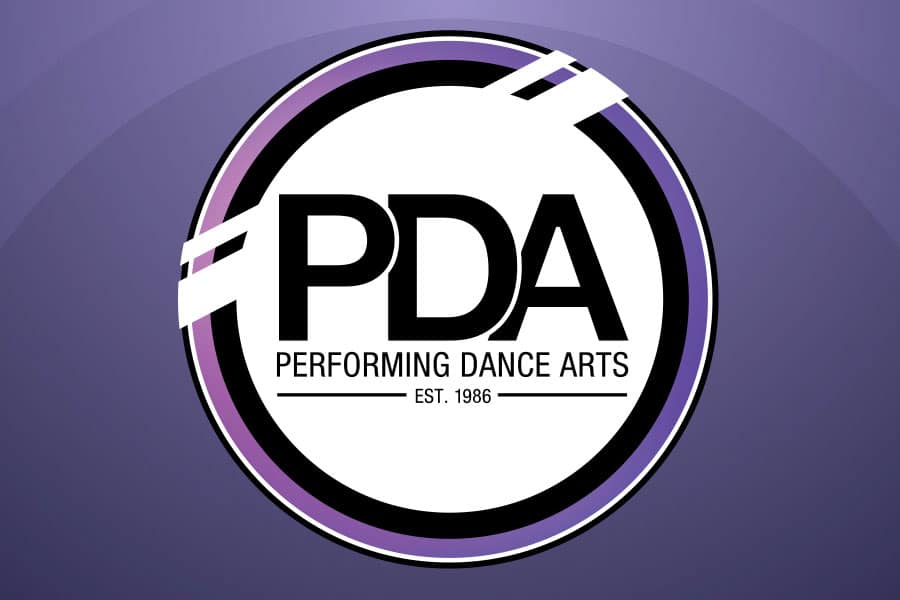My daughter loves her combo ballet/acro class and was obsessed with the Disney Dance camp this past summer. PDA makes signing up for things and paying bills really easy with their app and online system. Communication is always clear and friendly. They’ve handled COVID safety measures like champs. Highly recommend.

